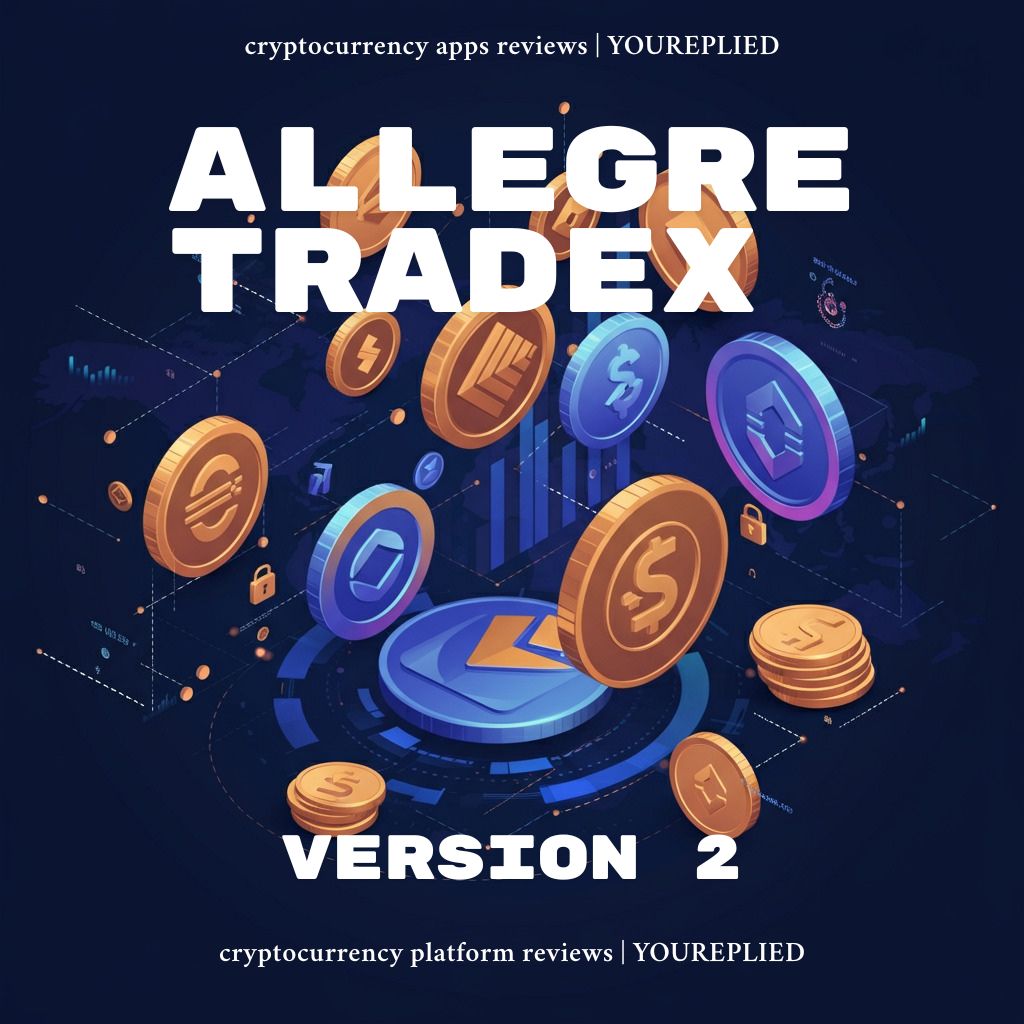A stablecoin is a type of cryptocurrency designed to reduce volatility by pegging its value to a more stable asset, such as a fiat currency (e.g., US Dollar, Euro) or a commodity like gold.
Unlike other cryptocurrencies, which often exhibit dramatic price swings, stablecoins provide a reliable means of storing value and conducting transactions without the unpredictability commonly associated with digital assets like Bitcoin or Ethereum.
Key Points
- Fiat-backed stablecoins require equal reserve funds to circulating coins, verified by regular audits.
- Crypto and commodity stablecoins must be over-collateralized due to underlying asset volatility.
- Algorithmic stablecoins, lacking robust reserves, pose higher risks of losing their value pegs.
How Stablecoins Work
Stablecoins operate by anchoring their value to an external reference, ultimately serving as a bridge between the worlds of cryptocurrency and traditional finance. Mechanisms for maintaining stability vary but generally fall into three categories:
- Fiat-Collateralized Stablecoins:
These stablecoins are backed 1-to-1 by a reserve of fiat currency or a mix of fiat-denominated assets. For example, a US Dollar-backed stablecoin like USDC ensures that for every token minted, there is an equivalent dollar held in a trusted reserve. This reserve is often audited regularly to ensure transparency and trustworthiness.
- Crypto-Collateralized Stablecoins:
Instead of relying on fiat, these stablecoins are backed by other cryptocurrencies. Because cryptocurrencies are more volatile, these stablecoins are typically over-collateralized. For instance, $150 worth of Ether might back $100 of a stablecoin to account for potential fluctuations in the value of the collateral.
- Algorithmic Stablecoins:
Unlike collateral-backed stablecoins, algorithmic stablecoins rely on smart contracts and mathematical algorithms to regulate their supply and stabilize value. These coins automatically adjust their circulating supply based on market demand, maintaining a steady price over time.
Stablecoins with mechanisms like these make them an attractive choice for traders, businesses, and individuals looking to mitigate risk while leveraging the benefits of blockchain technology.
The Key Benefits of Stablecoins
- Reduced Volatility:
Stablecoins eliminate the extreme price volatility commonly found with cryptocurrencies. This makes them ideal for payment processing and day-to-day financial activities.
- Speed and Cost Efficiency:
Like other cryptocurrencies, stablecoins inherit the benefits of blockchain technology, such as fast transaction speeds and low fees compared to traditional banking systems.
- Global Accessibility:
Stablecoins can be transferred across borders with ease, enabling individuals in regions with unstable local currencies to access a dependable store of value.
- Enhanced Liquidity:
Many crypto-based trading platforms use stablecoins as a medium of exchange, allowing traders to easily exit and enter positions without converting assets back to fiat.
Use Cases of Stablecoins
- Cross-Border Transactions:
Stablecoins facilitate seamless global transactions for businesses and individuals alike. Sending money across borders becomes faster and more affordable compared to traditional banking methods.
- Decentralized Finance (DeFi):
Stablecoins are essential in the DeFi ecosystem, serving as a stable medium of exchange for various applications, including lending, borrowing, and yield farming.
- Safeguarding Wealth in Volatile Markets:
During periods of economic or market instability, individuals and institutions turn to stablecoins as a way to protect their wealth without reverting to traditional assets.
- Remittances:
Sending remittances through stablecoins ensures lower transaction fees and quicker processing times compared to bank wire transfers or other financial intermediaries. This can greatly benefit individuals and families who rely on remittances for their daily living expenses.
- Global Currency:
As stablecoins are not tied to any specific country or government, they have the potential to become a global currency that transcends borders and eliminates the need for foreign exchange transactions.
- Instant Settlements:
Stablecoins enable instant settlements between parties without the need for intermediaries such as banks or payment processors. This can greatly speed up transaction times and reduce costs.
- Increased Accessibility:
With stablecoins, individuals and institutions no longer need access to traditional banking services in order to participate in financial activities such as lending, borrowing, or investment. This allows for greater accessibility and financial inclusion.
- Reduced Volatility:
Stablecoins are designed to maintain a stable value, typically pegged to a fiat currency or commodity such as gold. This reduces the risk of price volatility that is often associated with cryptocurrencies, making it a more attractive option for everyday transactions.
- Global Transactions:
As stablecoins can be used globally without the need for conversion, they have the potential to greatly facilitate cross-border transactions. This can eliminate barriers and complexities associated with traditional international payments.
- Smart Contract Integration:
Many stablecoins operate on blockchain technology and are compatible with smart contracts. This opens up possibilities for automated and programmable transactions, reducing the need for intermediaries and increasing efficiency.
- Investment Opportunities:
Stablecoins can also provide investment opportunities, as some are backed by assets such as gold or other commodities. This allows individuals to diversify their portfolio and potentially earn returns on their investments.
- Privacy Protection:
Some stablecoins offer increased privacy protection compared to traditional payment methods. With blockchain technology, transactions can be made anonymously, protecting the user’s identity.
- International Transactions Made Easy:
Stablecoins can make cross-border transactions easier and more efficient. As they are not tied to any particular country, they can be used for international payments without worrying about currency exchange rates or fees.
- Smart Contract Capabilities:
Some stablecoins, such as Ethereum-based ones, have smart contract capabilities that allow for automation and execution of specific conditions when certain criteria are met.
Conclusion
Stablecoins represent a revolutionary development in the world of digital finance, offering a bridge between the stability of fiat currencies and the efficiency of blockchain technology. By providing price stability, transparency, and reduced transaction barriers, they have the potential to redefine global payments, remittances, and financial systems. Whether facilitating seamless cross-border payments, enabling decentralized finance applications, or eliminating reliance on traditional intermediaries, stablecoins showcase a promising vision of an inclusive and efficient financial future.







